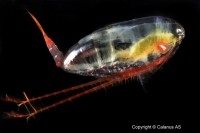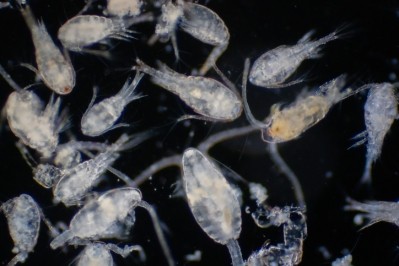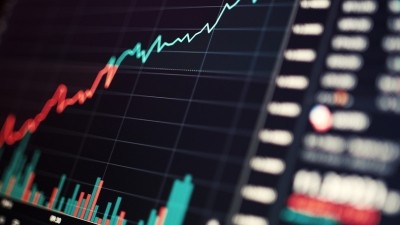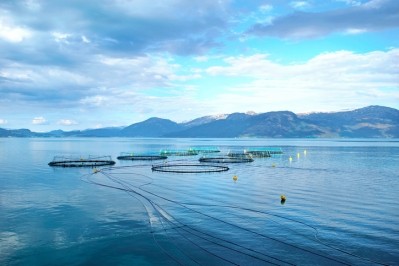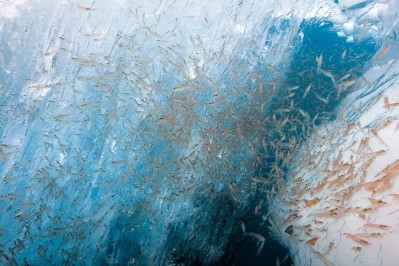Norwegian company braced for growth after plankton harvesting opened up
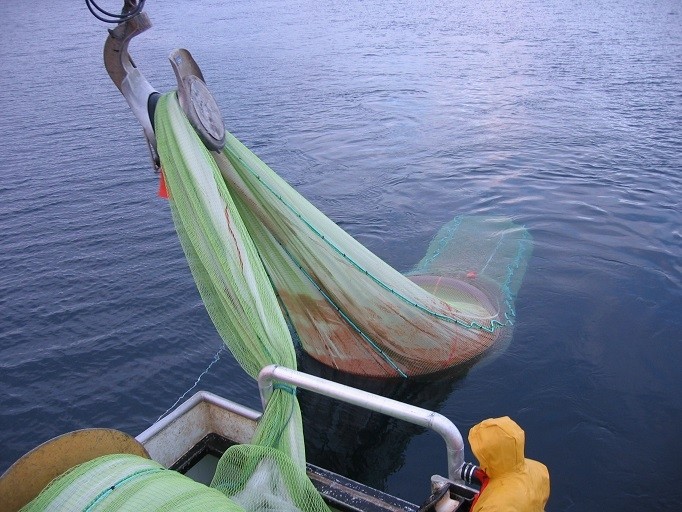
The quota is significantly lower than the potential sustainable yield, said Calanus AS, a company that is set to reap the rewards from such a move. A Norway-based biomarine operation, Calanus AS has been pioneering the harvesting and use of that crustacean in food and feed applications.
The firm holds the patents to a unique harvesting technique in relation to the zooplankton, and it collaborated closely with the Norwegian authorities and the country’s Institute of Marine Research to determine how to ensure the sustainable harvesting of the plankton; the company provided data based on its many years of R&D activity in the field, explained Kurt Tande, chief technology officer (CTO), Calanus AS.
The regulatory bodies in Norway estimated it was possible to harvest up to 3m tons per year but the fishery authorities are taking a much more cautious approach, he said.
The officials intend to issue 10 licenses for harvesting of Calanus finmarchicus, to last up to 2029. “We know there is a certain interest from fishing vessel companies to get involved,” said Tande.
The marine zooplankter, Calanus finmarchicus, is a free-living copepod or crustacean with a one-year life-cycle. The species is a key prey organism for most of the commercially important fish stocks in the North Atlantic. It is a natural part of the wild salmon diet. The authorities say controls are in place to ensure commercial harvesting won’t have a negative impact on other species. It will no-doubt be well-managed, said Tande.
“The impact of the harvesting on the biomass will be closely monitored. Fishing vessels will have to report to the authorities annually, to enable a step-wise upscaling of the quota,” he added.
In parallel with opening up the commercial harvesting, the Norwegian authorities granted Calanus AS a permit to harvest up to 5,000 tons of the plankton per year up to 2022.
“Our company has been responsible for developing the Calanus finmarchicus value chain. We have had a R&D license in this regard for several years,” he explained.
Blazing a trail
Calanus AS, which began life as a spin-off from a research project at the University of Tromsø, is likely to remain the leader in this business for quite some time, confirmed Hogne Abrahamsen, head of sales and marketing, animal nutrition, Calanus AS.
“We have been involved in this area for several years. Of course, while the knowledge of this resource in Norway has been around for a long time, we have developed the technique to harvest the biomass. So, at this point, every new company that wants to get into this game has to talk to us, as we have the knowledge.”
The company utilizes the whole crustacean and firmly believes in not letting anything go to waste, said Abrahamsen.
“We have a very gentle production process, and we don’t use any solvents. We are able to process and manufacture a high value lipid fraction that is exclusively marketed for human consumption. The other products that we get are a liquid protein concentrate, a hydrolysate, and a meal fraction, that is dried and partially de-oiled. There is a still fraction of oil in it. We also sell the whole animal, frozen or canned, as Artemia replacement in shrimp,” he continued.
Trials have shown that shrimp larvae has accepted the frozen or canned crustacean, said Abrahamsen. “They have demonstrated a good growth response from this compared to Artemia.”
The hydrolysate is used in formulated feed - in starter-feeds for marine fish and in post-larval feeds for shrimp, so the more premium end, he said.
The meal fraction is being taken up by the shrimp sector predominantly, with the residual lipids beneficial for that species, said Abrahamsen. “We have some companies that use the meal in their broodstock diets and their post-larval diets.”
The company has also done a lot of work with Skretting, particularly in relation to Calanus’ liquid protein concentrate, said the representative.
Mads Martinsen, director, product development, Skretting Norway, told us last October how it was exploring the use of ingredients in fish feed that did not compete with food for human consumption, and, in that context, was testing a protein fraction derived from that plankton species.
“Nordic waters have as much Calanus finmarchicus as the total biomass of all wild fish and sea mammals combined,” he said.
He said, then, that the only limitation pertaining to the use of the plankton in formulated feeds was its availability.
Scale-up
On that point, Calanus is planning to scale up production. Tande said the company is about to sign contracts to construct a new processing facility, slightly north of the Lofoten peninsula in Norway, a vibrant fishing region where there is good infrastructure, and an available workforce. “The facility is planned to be up and running two years from now.”
While the company has been successful in securing equity financing and loans, Abrahamsen said it was important that the business established commercial activity very early on: “We built the company step by step, we developed the harvesting technique and the processing technique, and then made contact with potential customers. The development of the products has always been done in collaboration with those customers; they evaluated the products, and we adjusted them where needed. So we have always had sales, we have always been in a commercial setting.
“So now that we are expanding the production capacity twelvefold, we know the products that we produce are attractive for the industry.”
